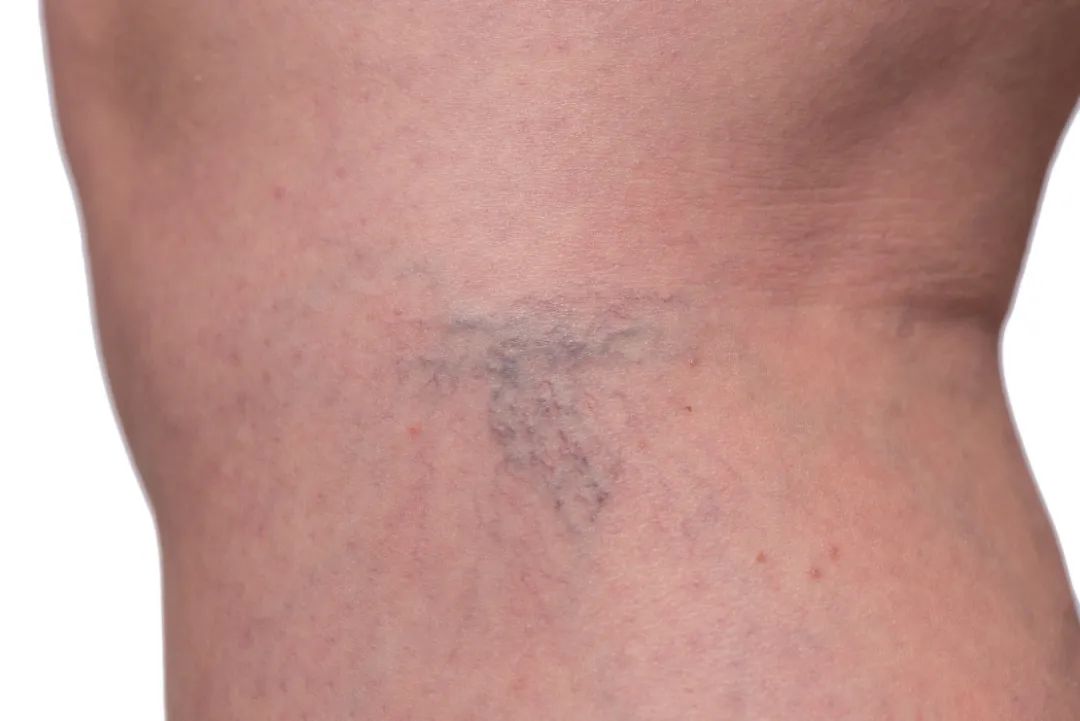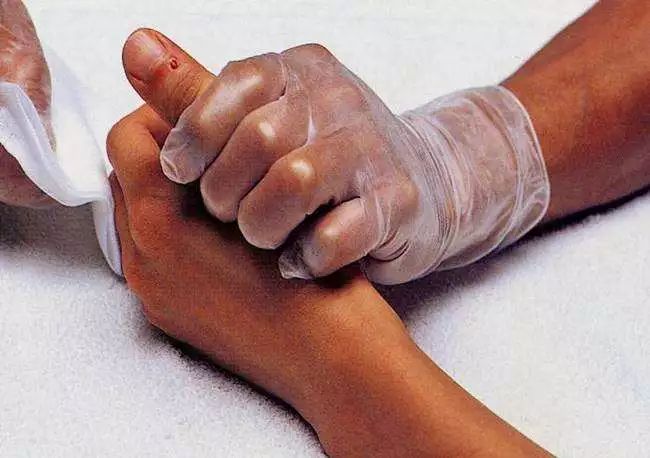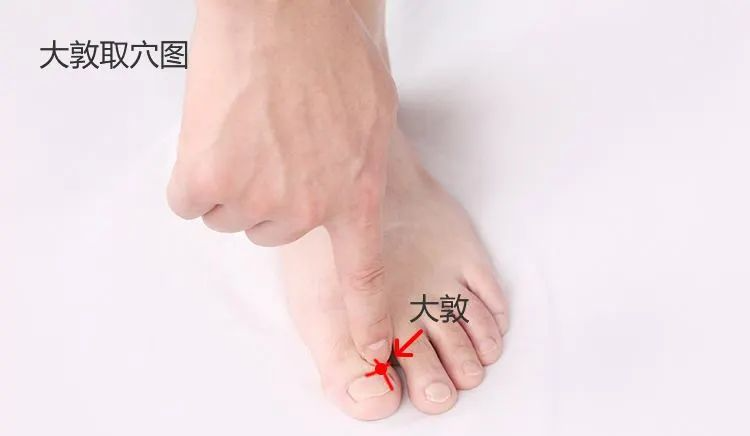Bloodletting Therapy is a unique acupuncture treatment method in Traditional Chinese Medicine (TCM). It is one of the most commonly used therapeutic techniques since the era of the Huangdi Neijing (Yellow Emperor’s Classic of Internal Medicine), which even considers bloodletting as the first choice for treating diseases and alleviating suffering. Depending on the patient’s specific condition, a three-edged needle or a thick, sharp needle is used to puncture specific acupuncture points or superficial blood vessels on the patient, allowing a certain amount of blood to be released to achieve therapeutic effects.
Effects of Bloodletting Therapy: It has a beneficial bidirectional regulatory effect on the blood system.
Research shows that bloodletting therapy can promote human metabolism, stimulate bone marrow hematopoietic function, accelerate metabolism, improve microcirculation and vascular function, facilitate the elimination of harmful substances from the blood, and ensure beneficial substances are timely replenished into the bloodstream, helping the body re-establish homeostasis and restore normal physiological functions. By improving microcirculation, it can also prevent excessive inflammatory responses and promote recovery from inflammation.

Understanding Your Health Status Through Blood Color Analysis: Which type do you belong to?
1. Dark black blood, resembling ink, indicates a long-standing illness, suggesting that blood stasis has persisted for a long time, obstructing the vessels. 2. Blood mixed with water indicates rheumatic disease or liver disease. 3. Blood containing jelly-like mucus suggests damp-heat accumulation and stagnation over time. 4. Light-colored blood indicates inflammation or an early-stage illness. Purple-red blood indicates a new injury. 5. Blood resembling wash water indicates severe chronic dampness. 6. Clear watery fluid indicates edema. 7. Presence of blisters indicates heavy dampness. 8. Foamy liquid suggests wind pathogen. 9. A large amount of blood drawn indicates a long disease course. 10. A small amount of blood drawn indicates a short disease course or a deep-seated condition. 11. If, after cupping, you feel a rush of heat when inserting your hand into the cup, it indicates heavy damp-heat. 12. Slow bleeding, even after multiple punctures, suggests qi deficiency and blood deficiency. 13. Light bleeding that does not coagulate easily indicates blood deficiency. 14. Blood that settles easily and coagulates quickly indicates qi deficiency.
Finger Bloodletting, also known as Minor Bloodletting, is generally performed near the jing points or at various extremities of the body where small red or purple blood vessels resembling fine hair are found. This acupuncture method involves puncturing to release dark blood for treating diseases.
Clinical validation shows that Minor Bloodletting can resolve various complex and difficult diseases. For example:

Case 1: Anxiety
Mr. Li, 33 years old, overweight, has been under immense work pressure for a long time, feeling anxious and restless, nearly on the verge of collapse. Upon examination, it was found that the area near the Zhongchong (中冲) point on the dorsal side of the middle finger showed stagnation, with small blue veins bulging. After puncturing, a significant amount of dark blood was released, resulting in a refreshing feeling and substantial improvement in his condition. A disposable blood collection needle can be used instead of a three-edged needle.

Case 2: Nasal Ulceration
Mr. Ji, 36 years old, has a small ulcer in the right nostril that worsens every winter, persisting for many years with unbearable pain, and has not been cured despite multiple treatments. Upon examination, small red blood vessels were found at the Hidden White (隐白) and Dadu (大敦) points on the right big toe. After puncturing, dozens of drops of dark blood were released, and the ulcer receded the next day, with no recurrence for two years.

Case 3: Oral Ulcer
Mr. Zhao, 50 years old, robust physique, busy with work and socializing, tends to get overheated and dislikes heat. He experiences recurrent oral ulcers on his tongue every summer, with repeated hoarseness. Upon examination, small red blood vessels were found near the Jing point on the big toe. After several punctures for bloodletting, significant improvement was noted. He has not experienced significant heat-related ulcers in recent years. Additionally, after puncturing and bleeding at points on his back, his hoarseness also improved.
Case 4: Increased Vaginal Discharge
Ms. Gou has abnormal and increased vaginal discharge, which has not been cured despite various treatments. Upon examination, multiple prominent red blood vessels were found around the Lixue (厉兑) point on the second toe. After a small amount of blood was released through puncturing, her symptoms improved, and after another session a week later, she was clinically cured.
Case 5: Sensitivity and Suspicion
Mr. Qian, 26 years old, suffers from nervous sensitivity and suspicion, often suspecting others of harboring ill intentions or plotting against him. His eyes appear overly bright and exposed. Upon examination, a winding, angry blood vessel resembling the thickness of vermicelli was found near the Shenmen (神门) point on the upper part of the ear. After puncturing, a large amount of stagnant blood was released, resulting in a calming of his gaze and significant improvement in his suspiciousness.
As the saying goes, when the disease comes, the point should be treated; when the disease is gone, the point should be hidden. Once the disease is resolved, the corresponding stasis will gradually disappear. If the disease does not resolve, puncturing can be done every three days until recovery, with each puncture stopping when fresh blood is no longer released, as excessive bleeding is not beneficial.
Precautions for Bloodletting:
1. Bloodletting Technique
1. After identifying the blood point, quickly puncture with wrist strength, aiming for 6-9 punctures in one second.
2. For dilated vessels, one puncture should yield blood immediately, which will generally spurt out, so be prepared to avoid splattering.
2. Reactions After Bloodletting
1. 80% of patients feel relaxed and comfortable after bloodletting, while 20% may experience increased pain. Those who feel increased pain tend to heal faster than those who feel immediate relief.
2. If there is no sensation after 5-10 punctures, further bloodletting is not advisable.
3. Timing of Bloodletting
1. For inflammation and acute pain patients, bloodletting can be done once a day, and after symptoms improve, every 3-5 days.
2. For chronic patients, every other day is recommended, and after seeing results, every 5-7 days. Bloodletting can also be performed after cupping for 15-20 minutes.
4. Contraindications for Bloodletting
1. Patients with significant bleeding or those prone to subcutaneous bleeding.
2. Severe heart disease.
3. Patients with sexually transmitted diseases, skin diseases, or skin ulcers.
4. Pregnant women or those menstruating, and patients with leukemia should not undergo bloodletting.
5. Patients who are overly hungry or full, frightened, or excessively tense should not be treated.
6. For patients with liver disease, bloodletting should be approached with caution (as with any other treatment); do not let the blood come into contact with oneself or any wounds, as this could lead to infection.
5. Treatment for “Needle Fainting”
1. Immediately warm the patient’s Dazhui (大椎) point with your palm.
2. Pinch the Renzhong (人中) and Hegu (合谷) points simultaneously.
3. Then press Neiguan (内关), Yongquan (涌泉), and Taichong (太冲). If conditions allow, have the patient drink a cup of warm sugar water or glucose immediately.
4. Immediately have the patient lie down (with their head lower than their feet).
6. Diagnosing Through Blood Analysis
1. Light-colored blood indicates inflammation or an early-stage illness. Blood mixed with water indicates rheumatic disease or liver disease, while dark blood suggests a long-standing illness with blood stasis obstructing the vessels.
2. If bloodletting reduces pain during the day but worsens at night, it indicates blood stasis, and another puncture is necessary until relief is achieved.
※ The above is for reference only; non-professionals should not attempt this on their own.
-END- Copyright Notice: This public account shares articles and videos, and the copyright belongs to the relevant rights holders. If there is any improper use, please feel free to contact us. Articles and videos are for learning and communication purposes only; do not attempt to self-medicate.A public account dedicated to moxibustion enthusiasts

▲ Long press the QR code to “recognize” and add
 Moxibustion University: A premium reading and learning platform designed for moxibustion enthusiasts and practitioners. Here, even a novice can quickly become a moxibustion expert! When one person knows moxibustion, the whole family enjoys health, and minor ailments are no longer a worry! Hurry and scan the QR code below to embrace the warmth of moxibustion!
Moxibustion University: A premium reading and learning platform designed for moxibustion enthusiasts and practitioners. Here, even a novice can quickly become a moxibustion expert! When one person knows moxibustion, the whole family enjoys health, and minor ailments are no longer a worry! Hurry and scan the QR code below to embrace the warmth of moxibustion!

